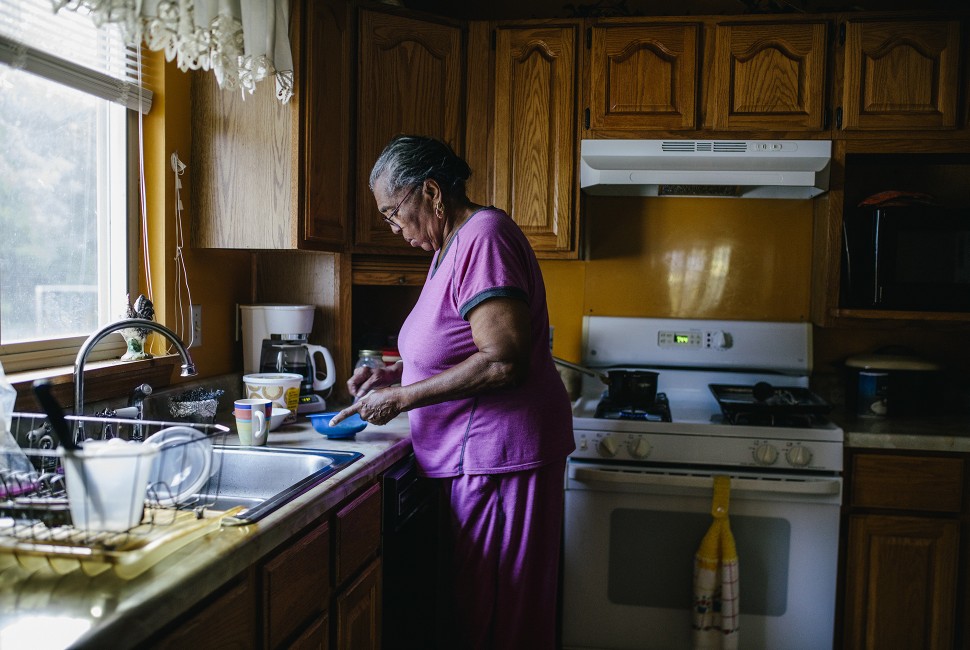From 1999 through 2020, Black Americans experienced more than 1.6 million excess deaths and more than 80 million excess years of life lost compared to white Americans, according to a recent study published in JAMA.
The findings highlight a staggering disparity in life expectancy between Black and white Americans, and drive home the need for more effective and sustainable health equity approaches in the U.S.
“We’ve known about disparities for decades. What we haven’t been able to appreciate before was the aggregate consequence of these disparities, otherwise known as health inequities. Now that we’ve been able to quantify, we realize the scale of these health inequities, which is not just substantial but sobering,” said study co-author Dr. Clyde Yancy, vice dean for diversity and inclusion and chief of cardiology in the department of medicine at Northwestern University Feinberg School of Medicine.
To determine trends in health disparities among Black and white Americans, investigators analyzed death certificate data from the Centers for Disease Control and Prevention from 1999 through 2020, comparing mortality rates between Black populations and white populations across all age groups. Excess years of potential life loss among Black populations was estimated by comparing the age of premature death with typical life expectancy.
Now we realize the scale of these health inequities, which is not just substantial but sobering.”
Feinberg School of Medicine
Over the 22-year period, disproportionately higher mortality rates in Black men and women resulted in 997,623 and 628,464 excess deaths, respectively, representing a loss of more than 80 million years of life.
Heart disease contributed to highest excess mortality for both Black men and women, followed by cancer in men, and these disparities also worsened at the beginning and into the COVID-19 pandemic. Excess years of potential life lost were highest among infants and middle-aged adults.
“If we then change the metric, not just from lives lost but to years of potential life lost, that number is no longer 1.6 million, it’s 80 million; that’s 80 million years of work productivity, 80 million years of family support, 80 million years of community engagement, 80 million years of personal joy and satisfaction, all of which is truncated prematurely and for non-biological reasons as the most evident example of an unacceptable health inequity,” Yancy said.
The main takeaway from these findings is the overwhelming need for a public health initiative addressing health inequity, Yancy said, and that these efforts, which include continuing to understand social determinants of health and prioritizing equitable care, cannot be limited to just policymakers and healthcare professionals, but rather be expanded to all entities that serve communities.
“Our data now offer a reasonable quantitative assessment of the aggregate burden of dissimilarities in the likelihood of death as a function of race but more importantly challenge us to acknowledge these data; if we are indeed a civil and just people, our charge must be the adaptation of new public health initiatives targeting health equity,” Yancy said. “As we go forward, and with the aging of our population, the health of our citizenry directly impacts the health of our economy — the pandemic made that incontrovertibly clear.We are reminded once again that the absence of health in anyone of us affects the health of all of us.”


